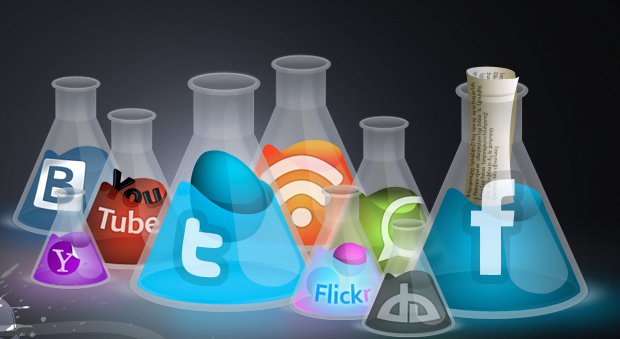
Critiquing another’s work has been an educational strategy for decades but why peer review? According to Edutopia’s Larry Ferlazzo, “Research has shown that peer review, done well, results in improved student writing and learning about writing” (Ferlazzo, 2016). As students write, create, and ideate, discussing and reviewing one another’s work can improve performance and outcome. A peer may offer a different viewpoint or suggest an alternative way of expressing an idea. Students then learn to self edit and revise their own work. Peer review may also assist in generating new ideas for the reviewer.
Many digital tools are available to assist with peer review. Two tools that may be helpful are WebPA and Peergrade.
WebPA is an open source online peer assessment tool that enables every team member to recognize individual contributions to group work. This tool can be extremely helpful to instructors assessing group work. Often times teams of students are given one grade for the entire group even though some group members may not have equally contributed to the assignment. WebPA can ensure that all group members are graded fairly.
Peergrade is a free online platform to facilitate peer feedback sessions with students. The instructor creates an assignment including feedback criteria. The students then submit their work. The website then automatically assigns work between the students, ensuring that everyone will get feedback. Students both give and receive feedback for the assignment. Finally, the instructor receives the complete overview of the quality of assignments and what feedback was given.
One caution however is that in order to been done effectively, the process of peer review itself should be scaffolded. An instructor cannot expect students to accurately and fairly review a final culminating research activity at the end of a school year when no prior peer review has taken place on smaller tasks. Effective peer review begins with the instructor modeling critiquing strategies and then allowing students to practice these strategies on small activities throughout the year. Then when asked to review a major research paper or project, students will have developed the skill set required for such review.
Peer review can serve as a valuable learning tool in the classroom. As educators strive to move toward authentic assessments, students reviewing other students work brings that goal closer to reality. Adding peer review to an instructor’s toolbox brings 21st century skills closer to being realized.
Ferlazzo, L. (2016, March 30). Peer Review, Common Core, and ELLs. Retrieved from https://www.edutopia.org/blog/collaborative-peer-review-core-ells-larry-ferlazzo-katie-hull-sypnieski




